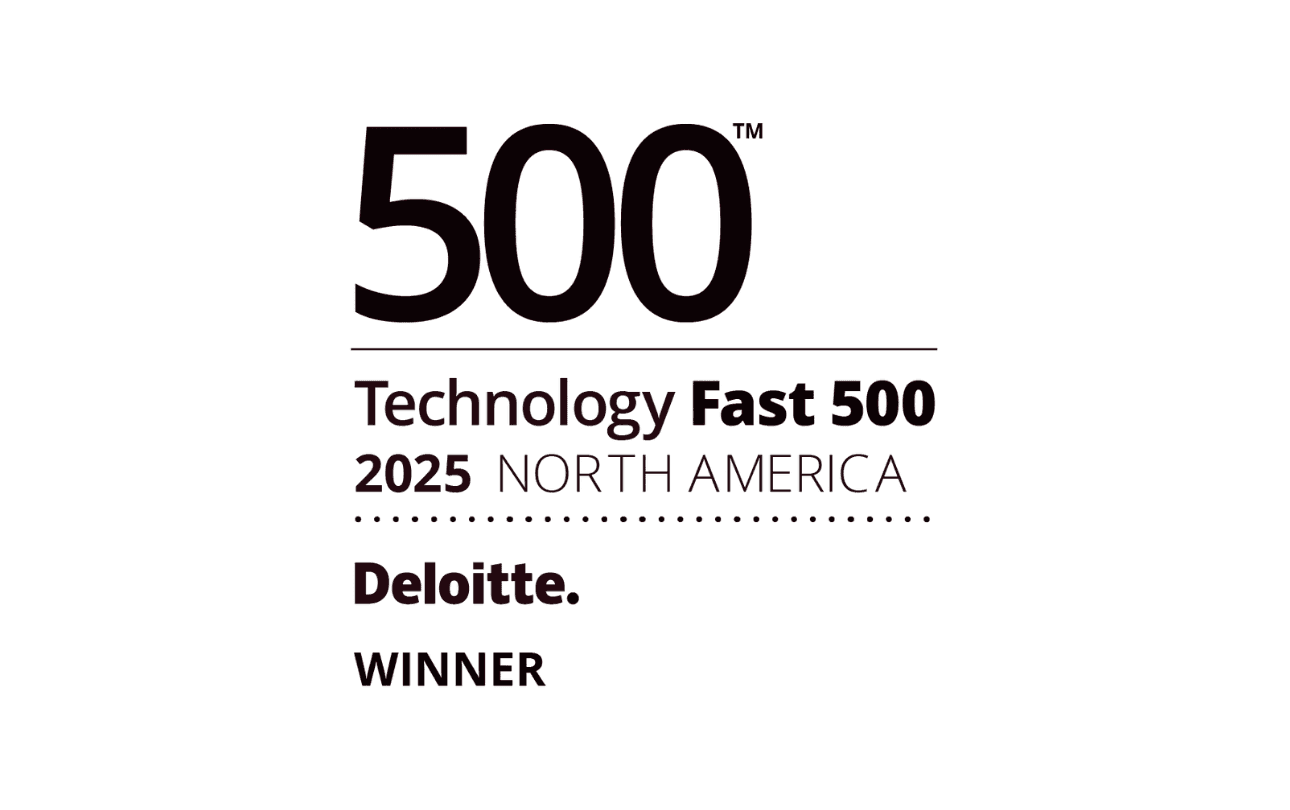As a wave of economic pressure sweeps across the US, multifamily operators face the threat of a spike in rent delinquencies.
With credit card, auto loan and student loan defaults on the rise, renters are finding their financial footing increasingly unstable, creating a cascading effect that erodes net operating income (NOI) and jeopardizes portfolio performance for operators. Well-versed in risk mitigation for the multifamily sector, TheGuarantors is helping operators navigate these challenges and protect their bottom line.
We sat down with Eben MacNeille, Senior Director of Sales at TheGuarantors, to understand how operators can not only protect NOI and ensure predictable income, but ensure growth as well.
Early warning signs
The national average FICO score is down two points from last year, the biggest drop since 2009, and average credit utilization continues to rise, reaching 35.5% in 2025. According to FICO, a growing segment of borrowers are falling behind on car loans, credit cards and personal loans.
This rising consumer debt is a direct indicator of a resident’s financial health. TheGuarantors uses an AI-based risk model to underwrite residents, identifying subtle markers of financial fragility.
“Once the scale tips, it gets harder for the renter to stay current,” MacNeille says. “Delinquencies increase and operators then have to go into reactive mode.”
He points to several key warning signs that operators can use to get ahead of the problem. For instance, he notes that renters using over 50% of their available revolving credit limit may be under significant financial strain. Late payments on installment loans, including “buy now, pay later” (BNPL) services like Klarna and Affirm, are also a clear signal of trouble. MacNeille emphasizes the importance of understanding the resident’s “debt stack,” the combined burden of credit card, auto, student and BNPL debt, as a powerful predictor of future delinquency.
We’re marrying credit card debt, auto loan debt, student debt and buy now, pay later debt. The stack starts to get higher and higher. More renters are spending a growing share of their disposable income on rent, leaving less for other financial obligations.
Eben MacNeille
Senior Director of Sales, TheGuarantors
Even though rent tends to be a borrower’s highest priority, taking a renter’s overall debt profile into account can give operators insight into trends that may threaten their rent roll in the future.
The cascading costs of delinquency
A missed rent payment is only the beginning, and its downstream effects can be surprisingly more damaging to an operator’s NOI than the initial lost revenue. These hidden costs often go unaccounted for and can quickly compound.
The costs of delinquency include the significant resources spent on increased collection efforts, as well as legal and eviction fees. The legal process can be lengthy and expensive, running anywhere from 60 days to nine months depending on the location. Once the eviction process is complete, vacancy loss rears its ugly head.
“You can’t avoid vacancy loss entirely, but you can manage it,” he says. “The operators who plan for it by using tools that help them recover rent or fill units faster tend to weather it best.”
A twofold solution
Faced with these complex challenges, operators are seeking more than just a reactive safety net. TheGuarantors has created proactive risk mitigation solutions that act as both shield and springboard.
Their primary focus is protecting NOI and ensuring predictable income. A lease guarantee transfers the risk of non-payment from the operator’s balance sheet to TheGuarantors. This “built-in loss recovery” covers potential losses from defaults, damages, vacancy, no-shows, holdover, and legal fees, ensuring rent roll stability even when a resident defaults.
Beyond protection, the solution also serves as a growth enabler, allowing operators to expand their leasing funnel without sacrificing their screening standards.
We can qualify or approve applicants that might have a risk borderline, but do it with confidence.
Eben MacNeille
Senior Director of Sales, TheGuarantors
By approving a broader range of residents including freelancers, non-U.S. citizens, recent graduates and more, operators can increase their occupancy and improve leasing velocity without taking on additional risk.
A lease guarantee is a strategic tool, not merely an insurance policy. The lease guarantee offered by TheGuarantors secures rent roll, accelerates lease-ups for new properties, minimizes bad debt and improves financial forecasting by providing predictable income streams.
“We’re not just a safety net–we’re a revenue and growth enabler,” he says.
What’s next for the rental market
As we look to the next 12-18 months, MacNeille forecasts a period of modest rent growth (1.5% to 2.5%) as supply pressures continue to moderate the market. Economic headwinds, including elevated interest rates and rising operational and construction costs, will challenge operators.
However, demand will remain strong across multiple populations.
“Rental demand will continue to remain solid because younger generations, unfortunately, find it very cost prohibitive to buy a house,” he says. “We’re even seeing that in the 55+ retiree generation, where there’s a fixed income. Folks want to eliminate as many expenses as they can, so they often prefer to live in rental communities. That’s going to drive a lot of demand, because the affordability gap is just too wide right now.”
Additionally, MacNeille predicts that enhanced screening and risk mitigation platforms will become even more essential for asset protection and sustainable growth. For multifamily operators, being proactive and strategic with the right financial and technological tools is no longer a luxury, but a necessity.



